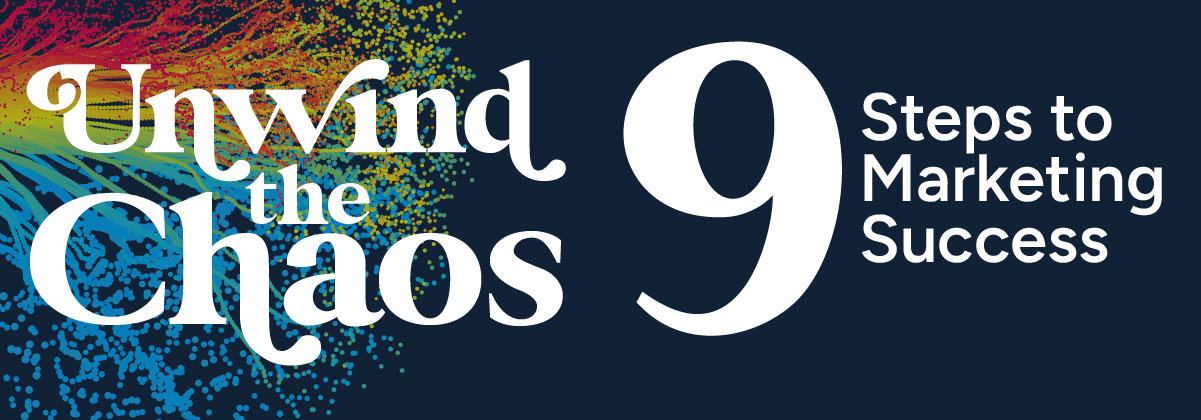As entrepreneurs, we're always looking for new ways to grow our businesses.
Pricing our products and services is at the center of every growth strategy. But with so many different pricing strategies out there, it can be hard to know which one is right for our business.
In this blog post, we'll explore some of the most common pricing strategies and how to choose the perfect one for your business.
So whether you're just starting out or you've been in business for a while, read on to learn more about pricing your products and services.

What is a Pricing Strategy?
A pricing strategy is a plan for setting prices for your products and services.
There are numerous pricing strategies, but they can generally be divided into two categories:
- Cost-based pricing; and
- Values-based pricing
Cost-based pricing: setting prices based on your costs to produce or deliver the product or service.
This strategy is often used by businesses that are selling a product or service that has a fixed cost, such as a manufacturer who sells products at a set price regardless of demand.
Trusted Marketing Advice
SIGN UPValue-based pricing: setting prices based on your customer's perceived value of the product or service.
This strategy is often used by businesses that provide a unique or high-value product or service. Value-based pricing is commonly used by service-based businesses.
These six steps will help you find the right pricing strategy for your product or service:
1. Recognize Your Customers' Unmet Needs and the Value You Provide
One of the first steps in product pricing is to understand the wants and needs of your customers. Your pricing potential is based on the value your consumers get from what you provide, as well as their willingness (and ability) to pay.
Products with additional features and benefits can be priced higher. For example, a luxury car that provides a better driving experience with more components may be priced higher than an economy car. Part of it is the features, the rest is perception.
Keep in mind whether you’ve created a luxury brand because not everyone has the same willingness and ability to pay.
You'll need to identify different customer segments and their corresponding pricing points. For example, corporate customers may be willing to pay more for a product or service that meets their specific needs. At the same time, individual consumers might only be interested in lower-priced options.
For example, we price our services for solopreneurs and small businesses. We’ve created a high-end stand-alone product priced for people who can’t afford typical consulting fees. And, as a startup, we're continuing to evaluate our pricing.
Concentrate on the value and advantages you provide and charge accordingly.
Customers must be able to see the benefits of what you're selling—the greater the perceived benefit, the more they'll be willing to pay.

2. Examine Your Competitive Strengths and Weaknesses
Comparing your product to that of your competition can help you calculate the value you provide. Even if you've added more value, be aware that you may not be able to charge more for long because your competitors could copy your product.
For instance, Starbucks was able to charge more for its coffee because they were the first mover in the gourmet coffee market. However, over time, other companies like Dunkin' Donuts and McDonald's entered the market and offered similar products at lower prices. As a result, Starbucks had to adjust its pricing strategy.
The stage of your industry also has an impact on your pricing.
When consumers establish new connections in a developing market, you must be adaptable to determine the appropriate price point and product-market fit.
In established markets, the relationships between your competitors and potential customers are already established. You'll need to discover a segment that is underserved and willing to pay more for the added value you provide as the new entrant.
Also, consider your competitor's resources.
If you're competing against giants (we recommend finding comparable business sizes whenever possible), a frontal attack with cheaper rates is unlikely to succeed. So, consider going around them by the back door, for example, and concentrating on high-income consumers who pay more.
For example, if you provide business consulting services, understand it’s a highly saturated market. But, if you have decades of experience in a particular field or industry, use those experiences to create niche services within that industry because it’s unlikely a bigger firm could offer that service.
Before settling on a pricing strategy, do some homework and examine your product or service in relation to what's already out there.
Consider the competition's strengths and weaknesses, as well as the stage of the market you're in. With this information in hand, you'll be able to choose the pricing strategy that's most appropriate for your business.
3. Choose a Pricing Strategy
To select a strategy, focus on how you want to position your product or service. What are its key features and benefits? Your strategy should support and reinforce this unique value to keep your consumers loyal and willing to pay more due to the perceived extra value they receive.
When determining your strategy, keep in mind that you need a long-term advantage to defend your differentiation. If you can't, others may enter the market and undermine your edge, as well as your prices and profitability.
There are four basic pricing strategies: premium, skimming, penetration, and economy. You can use one of these as is or mix-and-match to find the right pricing for your business.
- The premium pricing strategy is when you charge more than the competition. This can be a good option if you have unique or high-quality products or services. Customers are typically willing to pay more for something they perceive as being better.
- Skimming pricing is when you set a high price at first and then lower it as the product becomes more popular. Use this strategy if you have a new or unique product that you want to protect from competitors. It also helps you to recover research and development costs.
- Penetration pricing is when you set a low price to attract more customers. This can be a good strategy if you want to increase market share or grow your business quickly. However, it can be difficult to make a profit with this pricing strategy.
- The economy pricing strategy is when you charge less than the competition. This can be a good option if you want to attract budget-conscious customers. It can also help you to compete against larger businesses.
Once you've chosen a pricing strategy, it's important to make sure that your pricing aligns with your overall business goals. Linking your pricing to customer needs is also critical for success.
For example, if you want to increase market share, you might use a penetration pricing strategy. But if you're focused on profitability, a skimming or premium pricing strategy might be more appropriate.

4. Evaluate Your Costs and Keep Your Break-Even Low
You'll need to consider more than just the list price in pricing your product or service. You'll need to consider the cost of production, shipping, and any taxes that may apply. These factors play a role in how much profit you stand to make on each sale. Ideally, your price and your costs should make your cash flow positive.
According to The Balance, your break-even point is the number of units you need to sell in order to cover your costs. You'll want to keep this number as low as possible so that you don't have to make too many sales before seeing a profit.
To find your break-even point, divide your fixed costs by the unit price minus the variable costs. This will give you the amount you need to sell in order to make a profit.
Service-based businesses often forget to factor research and development, business overhead, and depth of expertise into their pricing. That’s why hourly rates are problematic — if you can do something quickly, that’s likely due to experience, and it should be priced accordingly.
Once you know your break-even point, you can start pricing your product or service. You'll want to keep your price low enough that you're able to make a profit without pricing yourself out of the market. In some cases, you might need to adjust your pricing as you go along to stay competitive.
Pricing is a balancing act. You don't want to charge too little and end up with a loss on each sale, but you also don't want to overprice your product or service and lose potential customers.
Want to find the right pricing strategy? Be prepared for some trial and error. By evaluating your costs and keeping your break-even point low, you give yourself some wiggle room to experiment with pricing until you find a sweet spot that works for both you and your customers.
5. Adjust Your Prices Based on Margins, Volume, and Cash Flow
How should you price your services to maximize profits? Should you charge more, less, or the same as your competition? If you charge more, you'll need to offer value. If you charge less money, you'll need to find ways to cut costs which may be difficult for new firms. If you charge the same, you'll have to stand out from the crowd to attract consumers.
You'll need to understand the connection between your pricing and volumes received, as well as how it affects your gross margins. Gross margins differ from industry to industry.
If you're looking to maximize profits, pricing is one of the most important decisions you'll make. Find a pricing strategy that works for your business and stay on top of market conditions so that you can adjust as needed. By adjusting prices based on margins, volume, and cash flow, you can keep your business running smoothly while still making a profit.

6. Repeat Until You Get It Right
The only way to find the pricing sweet spot is to keep testing until you get it right. Try different pricing points and see how your customers react. You might be surprised at what price point they're willing to pay for your product or service.
Dick Schulze, the founder and former CEO of Best Buy, says that pricing is an art and a science. "It's part psychology, part math, and part strategy," he says. He changed the company's model from tiny, labor-intensive shops to warehouse stores, lowered prices, and became market dominant.
When it comes to pricing, don't expect to find a one-size-fits-all solution. You must test different pricing points and see what works best for your business. Don't be afraid to experiment. It's the only way you'll find the perfect pricing strategy for your company.
Which Pricing Strategy is Right for you?
What's the best pricing strategy for your business?
It depends on various factors, including your industry, the type of product or service you offer, and your target market.
But by understanding how people think about price and using that knowledge to set prices that reflect the actual value of your product or service, you can create a win-win situation for both you and your customers.
Want to explore pricing even deeper?

Learn how to Market Your Service Business Efficiently and Effectively
Get the Support You Need to Grow Your Business. Join the Strategic Marketing Membership Today.











